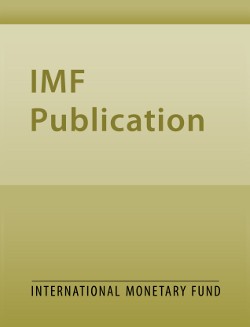
Sandcastles and Financial Systems: A Sandpile Metaphor
Sandcastles and Financial Systems
READ MORE...
Volume/Issue:
Volume 2025
Issue 041
Publication date: February 2025
ISBN: 9798229002240
$20.00
Add to Cart by clicking price of the language and format you'd like to purchase
Available Languages and Formats
| English |
Prices in red indicate formats that are not yet available but are forthcoming.
Topics covered in this book
This title contains information about the following subjects.
Click on a subject if you would like to see other titles with the same subjects.
Banks and Banking , Distressed institutions , Bank resolution , Applied Abelian model , Banking , Financial Networks , Financial Economics , Banking Crisis , Bankrupcy , Bank Resolution , Selforganized Criticality , Bank Regulation and Supervision
Summary
Social welfare costs from bank resolution, including contagion and moral hazard, are often thought to be minimized when supervisors can direct the merger of a failing bank with a sound, healthy one. However, social losses may become even larger if the absorbing institutions fail themselves. We ask whether social welfare losses are indeed lower when supervisors intervene rather than not. We use the sand pile/Abelian model as a metaphor to model financial losses which, as sand grains that fall onto a pile, eventually lead to a slide/failure. When capital in the system is insufficient to absorb the failing institution there will be welfare losses. Results suggest that, over the longer-term, social costs are lower when supervisors manage mergers. Additionally, financial networks that have a structure that minimizes social losses also minimize crises frequency. However, the bank employed resolution strategy will determine which financial network structures are associated with the minimum average loss per bankruptcy event.
Copyright © 2010 - 2025
Powered by:
AIDC



